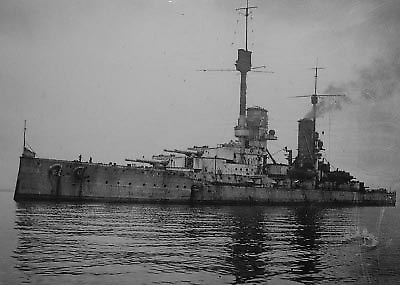An online auction of four historic WWI German warships lying on the Orkney seabed has attracted massive global interest – including one from an artist keen to create an underwater gallery.
The current owner has just also dropped the prices he originally sought for the three battleships – £250,000 – and one cruiser – £60,000 – saying he will now sell to the highest bidder.
Selling agent Drew Crawford said the bids were currently sitting at around £25,000 for the battleships and just under £10,000 for the cruiser.
He said: “It is amazing to think that these flagships of the German Fleet, with such an incredible history, could be secured for the price of a second hand car.”
The vessels were part of the infamous scuttling of 74 German vessels interned following the end of the Great War.
Mr Crawford said: “We have received inquiries from people looking at all sorts of opportunities for the ships.
“Probably the most unusual was an artist looking to create an underwater art gallery.
“One of the bidders is from the Middle East and is looking to set-up a diver-training enterprise in the clear waters of Scapa Flow.
“A number of divers have been in touch, some dive operators considering recreational diving opportunities and other divers looking to establish items of a collectable nature they could potentially recover.
“We have had an inquiry from a research institute looking to recover small volumes of low background steel and we have also had a number of inquiries from companies looking to perform salvage operations.”
Collectable items such as the diving gear that would have formed part of the ships equipment appear to be of particular interest.
It has been reported that each of the battleships would have been equipped with around 10 sets of diving gear, with the hard-hat diving helmets being of considerable value given their history.
The scuttling occurred when, fearing the ships would be seized by Allied forces as the Treaty of Versailles was being finalised, Admiral Ludwig von Reuter made the order on June 21, 1919 – claiming the lives of 15 Germans.
A number of the vessels were beached, but 52 sank. The majority were salvaged over the following two decades for scrapping.
Thomas Clark purchased four of the remaining ships for an undisclosed sum 37 years ago with the intention of salvage. These were three dreadnought battleships – the Kronprinz Wilheim, Konig and Markgraf – and the cruiser Karlsruhe, for £60,000.
However, while he concentrated on his own commercial diving business the ships became protected under an act of Parliament, preventing him from recovering and selling all the ship scrap metal.
